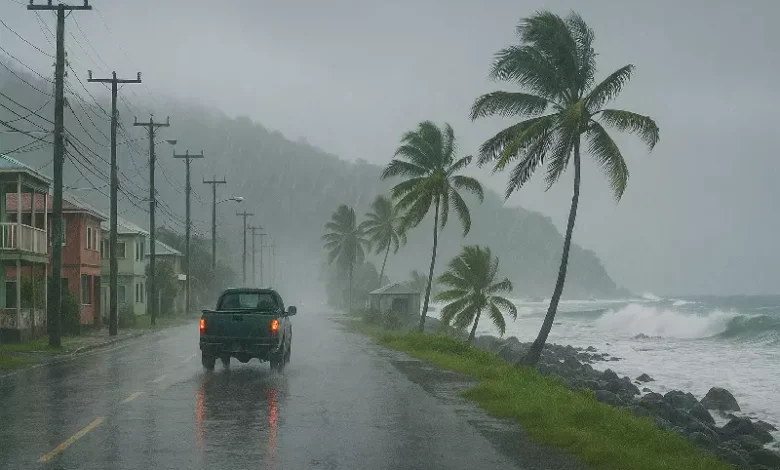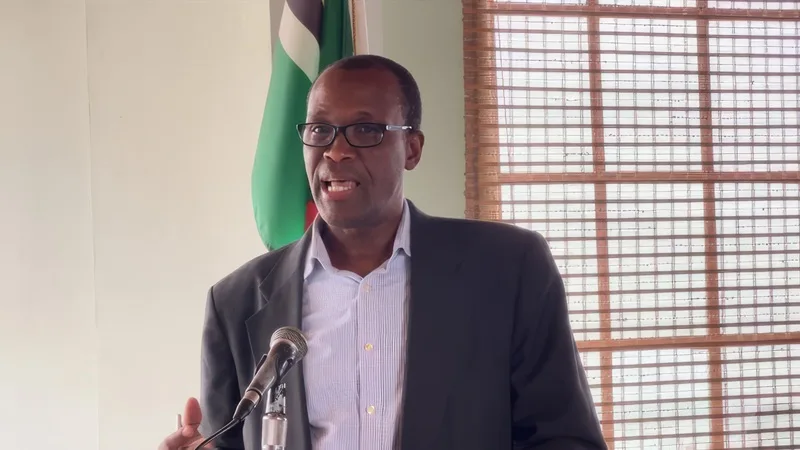Atlantic Hurricane Season in Dominica

The Atlantic Hurricane Season in Dominica is a period marked by heightened vulnerability to tropical storms and hurricanes due to the island’s location in the eastern Caribbean Sea. The season officially runs from June 1 to November 30, though storms have occasionally formed outside this range. For Dominica, a country characterised by mountainous terrain, dense river networks, and small coastal communities, even a moderate tropical disturbance can result in major landslides, flooding, and infrastructure disruption.
Geographic Exposure and Meteorological Context
Dominica’s position along the Atlantic hurricane belt places it in the direct path of many systems originating off the coast of West Africa. As these systems move westward across the Atlantic Ocean and Caribbean Sea, they often gain strength due to warm sea surface temperatures and favourable atmospheric conditions. The island’s rugged landscape, while a natural defence against wind, amplifies the risk of flooding due to the rapid runoff from heavy rainfall.
Weather systems that develop into hurricanes or tropical storms can bring widespread rains, storm surges, and high winds, all of which pose threats to infrastructure, agriculture, and human life. Storm forecasting and real-time monitoring are therefore critical during the hurricane season, coordinated locally by the Dominica Meteorological Office and regionally through agencies such as the Caribbean Institute for Meteorology and Hydrology (CIMH).
Major Historical Storms Affecting Dominica
Several high-impact weather events have punctuated Dominica’s history during the hurricane season. The most catastrophic in recent memory was Hurricane Maria, which made landfall on September 18, 2017, as a Category 5 storm with sustained winds exceeding 160 mph. Maria caused near-total devastation to the island’s infrastructure, leaving over 30 people dead and inflicting damage estimated at over 226% of Dominica’s GDP. Roads, bridges, homes, schools, and the power grid were destroyed, and recovery has taken years despite international assistance.
Another significant event was Tropical Storm Erika in 2015. Although it was not classified as a hurricane, the storm caused 30 deaths and extensive landslides that cut off entire villages. The community of Petite Savanne was permanently evacuated, and some areas remain off-limits due to unstable terrain.
Earlier storms, such as Hurricane David in 1979 and Hurricane Dean in 2007, also had lasting impacts, highlighting the frequency and intensity of extreme weather events that Dominica must contend with during the hurricane season.
Disaster Preparedness and Institutional Response
Following Hurricane Maria, Dominica adopted a policy of becoming the world’s first climate-resilient nation. Central to this vision is the work of the Office of Disaster Management (ODM), which oversees preparedness, risk reduction, and emergency coordination during the Atlantic hurricane season. The ODM conducts public education campaigns, develops hazard maps, and issues emergency alerts via radio, SMS, and digital platforms.
Disaster preparedness efforts are supported by investments in early warning systems, community emergency response teams (CERTs), and the construction of climate-resilient housing. Government agencies now mandate stricter building codes for hurricane-resistant construction, and new infrastructure projects are assessed for disaster vulnerability under the national Climate Resilience and Recovery Plan (CRRP).
Community Resilience and International Support
While official programs provide a foundation, it’s the initiative of Dominican communities that adds real strength to hurricane readiness. Schools often serve as designated shelters during hurricanes. Non-profit organisations, local councils, and church groups coordinate the distribution of relief supplies and support vulnerable populations, including the elderly, people with disabilities, and those living in flood-prone areas.
International agencies, such as the United Nations Development Programme (UNDP) and the Caribbean Disaster Emergency Management Agency (CDEMA), provide technical support and funding for resilience-building activities, including training for local responders and enhancing post-storm recovery capacity.
Looking Ahead to Future Hurricane Seasons
While meteorological forecasting has improved, the unpredictability of storm paths and intensities continues to challenge preparedness efforts. Climate change has led to warmer ocean temperatures and rising sea levels, which are contributing to more frequent and intense hurricanes. In response, the government of Dominica and the people remain committed to strengthening early warning systems, reinforcing infrastructure, and educating citizens on readiness strategies.
The Atlantic Hurricane Season will continue to be a defining factor in Dominica’s development planning, and sustained efforts are essential to reducing the humanitarian, environmental, and economic toll of future storms.




